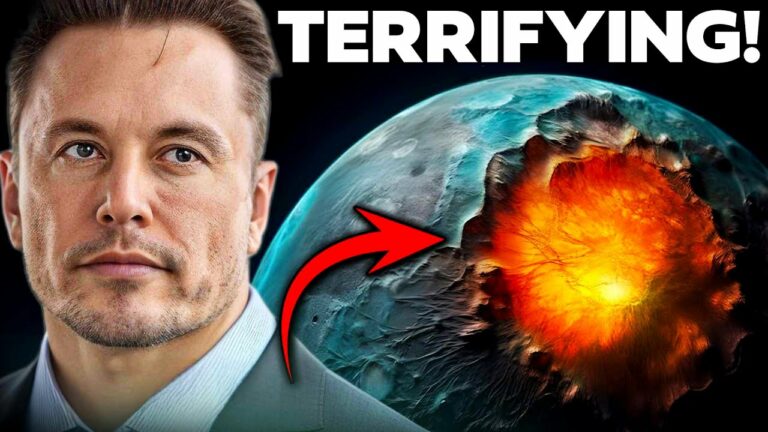Elon Musk Shocked With NASA’s Terrifying Discovery On Mercury!
Did Musk choose the wrong planet to die on? In four to five years, Elon Musk hopes to bring humanity to the Red Planet. The multibillionaire entrepreneur has expressed his desire to visit the planet and perhaps die there—just not on impact, he jokes. Is SpaceX, however, picking the incorrect planet to colonize? If choosing the nearest planet was the goal: absolutely! Why?
Although Mars occupies a significant space in human culture and imagination, Venus is said to be the planet that is closest to Earth according to the majority of scientific sources. Venus is our nearest neighbor, according to NASA. It is true that no other planet is closer than Venus, with the smallest distance being 0.28 AU, or 25 million miles (41 million km). However, it is not accurate that Venus is the nearest planet on average, even though this claim is also frequently made by mistake.
In an article published in Physics Today, Tom Stockman, Gabriel Monroe, and Samuel Cordner reveal that scientific popularizers have spread information based on an incorrect assumption about the average distance between planets due to a phenomenon of carelessness, ambiguity, or groupthink.
The next thing they say is how they came up with a mathematical method to show that Mercury, the first rock from the Sun, is actually Earth’s closest neighbor when averaged across time.
In a nutshell, Mercury is generally closer to Earth due to its closer orbit around the Sun. Likewise, this figure indicates that Mercury is the nearest planet to every other planet in our solar system, including the gas giants Jupiter and Saturn as well as the ice planets Neptune and Uranus that are located on the system’s frigid farthest reaches.
With all of the planets orbiting each other, the scientists created a simulation of our solar system. The planets were allowed to revolve for thousands of simulated years while the distance between any two of them was calculated. To determine which planets are the closest to one another over time, the scientists summed those numbers together.
Remarkably, they discovered that Mercury was the planet that was nearest to all seven other planets. When you consider that each planet spends around half of its life on the opposite side of the Sun, this may sound unbelievable, but it makes logic. As for Venus, it does spend a lot of time very, very far away from Earth even though it does get extremely close to it.
Typically, the distance between two planets is interpreted as the distance between their orbits. However, there is a far more accurate method to determine which planet is the “closest” than this method.
And this conclusion demonstrates that there are multiple ways to identify our nearest neighbor when determining which planet is closest to Earth.
Despite reports from the Messenger mission regarding the planet, Mercury continues to baffle NASA.
Do not forget to share your opinion with us to provide you with the best posts !




0 Comments